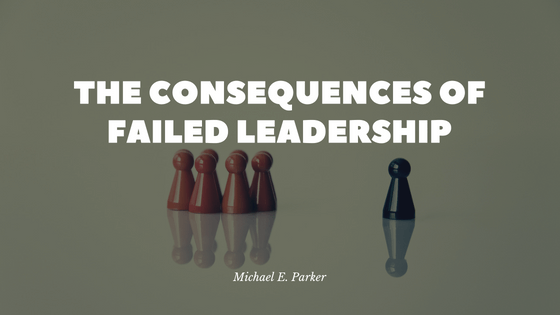For any type of for-profit or service-based organization, it is imperative that effective leadership is implemented. When managers and leaders fail to provide direction and lack the ability to coach and train staff and team members, the culture and morale within the organization drastically deteriorate. These are just a few of the consequences that are brought forth due to failed leadership within an organization.
Poor Morale
When employees feel that they are not receiving the correct information, are being misdirected, or are overall uncertain about the job and the company as a whole, this can result in poor employee morale. This also occurs when leaders do not inspire members of the team. Poor morale has the potential to lead to a lack of discipline and the desire for employees to put forth their best efforts.
Increased Turnover
High turnover is another result of poor leadership. Employees that aren’t motivated, burned out, and are fed up with a poor company culture will start to look for other jobs that will be a better fit for them. This is often difficult for companies to bounce back from when they lose experienced employees and high performers, who are replaced with new hires.
Decreased Motivation
There are certain management styles that focus on being a “friend” to employees and are lax when it comes to addressing behavioral and performance issues. Instead, they avoid confrontations and ignore negative issues. This type of management can result in employees overall lack of motivation to strive to be their best since there isn’t a reward for performing well and no penalty for performing below average.
Decline in Health
When there is poor leadership within an organization, it can and will lead to a decline in employees physical health. According to a report, “Sources of Work Stress,” it was found that there was an increase in systolic and diastolic blood pressure of nurses that worked with supervisors they didn’t like. This increased the risk of heart failure, stroke. Additionally, the study found that the combination of poor leadership and work stress led to an increased risk of cardiovascular disease.
Non-existent Collaboration
A lack of effective management also contributes to limited or non-existent collaboration within the organization. An effective leader is able to coordinate tasks within their department and encourage an atmosphere that inspires discussion and sharing of ideas. Poor management tends to contribute to an unorganized and ineffective department and results in employees failing to understand their role and assist in achieving departmental and organizational goals.

